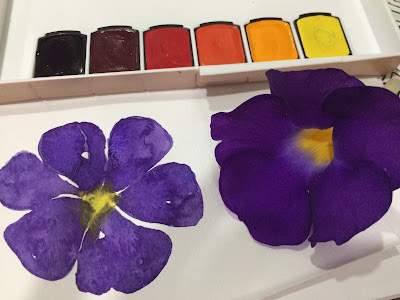As a young corporate executive, I took a year-long sabbatical from work and pursued a side interest in image consulting and fashion design. I once wrote a few insights that were published in the Philippine Daily Inquirer:
http://globalnation.inquirer.net/112351/insights-from-a-san-francisco-sabbatical
Prior to leaving the Philippines, I was already involved in giving talks about fashion colors and image enhancement. So, I chose to attend a workshop in Maryland that increased my understanding about dressing well, among other things.
When I went to San Francisco, I took the opportunity to pursue a fashion design class for a semester. It was an exciting moment and I learned so much. It was also interesting to observe the whole class as an outsider looking in.
Many Americans, at that time, were not highly knowledgeable about the Philippines. When I told my teacher about the piña and jusi fabrics at home, my teacher sounded really interested to see a sample.
During an exercise where we were asked to write a fashion forecast, I predicted that with the advent of the Internet, fashion designs from exotic lands will come to the fore. For some reason, certain classmates (they were freshmen and very young) applauded me on what I wrote. Nowadays, I can’t help but admit that it has come to pass.
My classmates were really talented in art illustration. Most of them could draw and color very well without need for much instruction. I also noticed that fashion design was treated as purely an art form, meaning they would do whatever they wanted with the croquis (the basic female form that is drawn before clothes are illustrated) without regard for modesty or anything else. Art was pursued for its own sake and never was it discussed in class that behind the clothes was actually a person or a personality. Perhaps that was a different subject altogether.
As someone who was then involved in image consulting, I could not help but conclude that the missing element in fashion design is the lack of recognition for the human person behind the art. Bringing that into the equation naturally changes the design strategy.
In class, we were taught to start with an inspiration, then a mood board, and then a fashion collection. If we include the human aspect into the mood board, perhaps the overall outcome will be different, with less absurdity or nudity.
During that time, I started a fashion newsletter and wrote this point that encapsulates my whole perspective on fashion: “The main idea in elegant dressing is to bring attention to the face or the eyes. We want others to see the person and not the body. If there is something that distracts the other person from looking at our face, that is one clear signal that we have put on too much or too little in our clothing.”
The lack of focus on the person is, in my opinion, one reason why certain fashion designs fail to capture the interest and loyalty of ordinary people.



